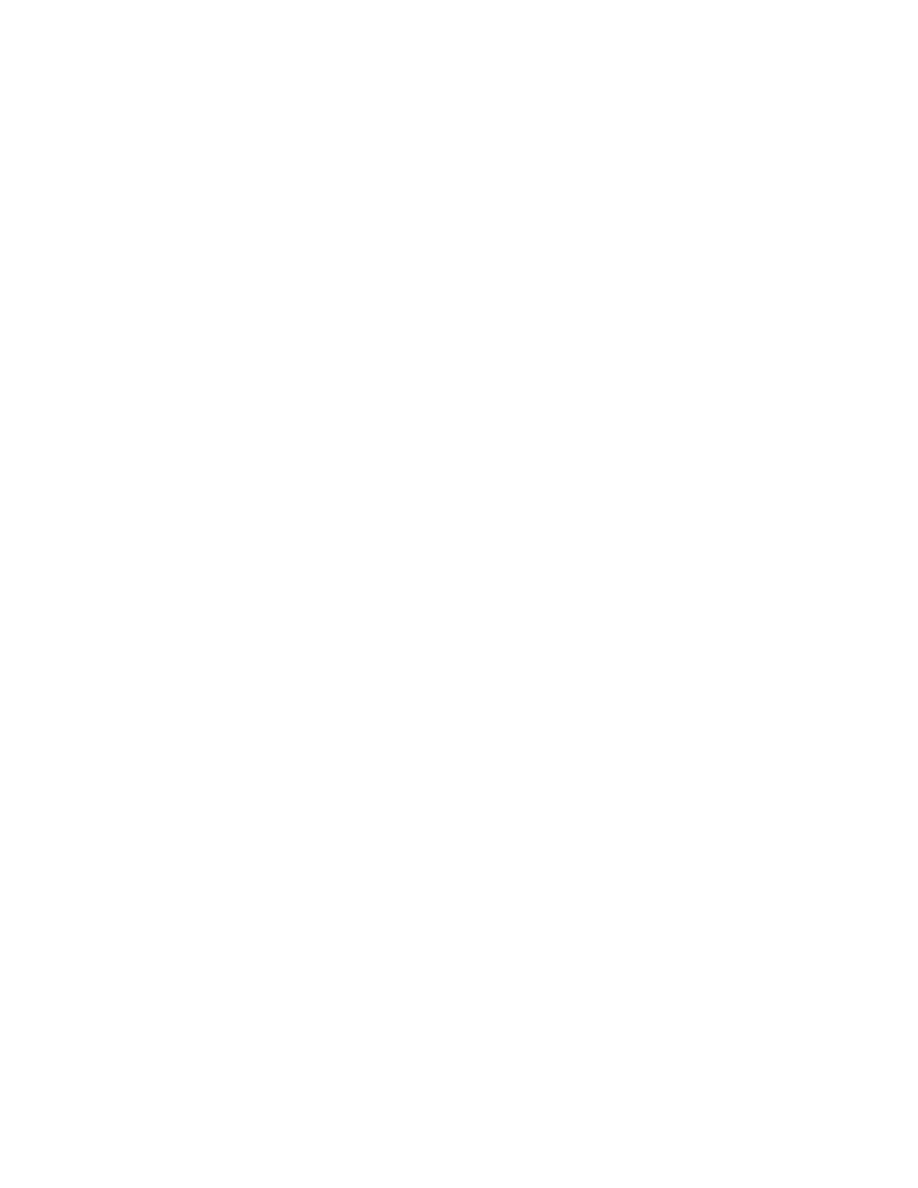
737
Federal Aviation Administration, DOT
§ 33.201
and competent personnel, to conduct
the block tests.
[Doc. No. 3025, 29 FR 7453, June 10, 1964, as
amended by Amdt. 33–6, 39 FR 35470, Oct. 1,
1974; Amdt. 33–9, 45 FR 60181, Sept. 11, 1980]
Subpart G—Special Requirements:
Turbine Aircraft Engines
S
OURCE
: Docket No. FAA–2002–6717, 72 FR
1877, Jan. 16, 2007, unless otherwise noted.
§ 33.201
Design and test requirements
for Early ETOPS eligibility.
An applicant seeking type design ap-
proval for an engine to be installed on
a two-engine airplane approved for
ETOPS without the service experience
specified in part 25, appendix K, K25.2.1
of this chapter, must comply with the
following:
(a) The engine must be designed
using a design quality process accept-
able to the FAA, that ensures the de-
sign features of the engine minimize
the occurrence of failures, malfunc-
tions, defects, and maintenance errors
that could result in an IFSD, loss of
thrust control, or other power loss.
(b) The design features of the engine
must address problems shown to result
in an IFSD, loss of thrust control, or
other power loss in the applicant’s
other relevant type designs approved
within the past 10 years, to the extent
that adequate service data is available
within that 10-year period. An appli-
cant without adequate service data
must show experience with and knowl-
edge of problem mitigating design
practices equivalent to that gained
from actual service experience in a
manner acceptable to the FAA.
(c) Except as specified in paragraph
(f) of this section, the applicant must
conduct a simulated ETOPS mission
cyclic endurance test in accordance
with an approved test plan on an en-
gine that substantially conforms to the
type design. The test must:
(1) Include a minimum of 3,000 rep-
resentative service start-stop mission
cycles and three simulated diversion
cycles at maximum continuous thrust
or power for the maximum diversion
time for which ETOPS eligibility is
sought. Each start-stop mission cycle
must include the use of take-off, climb,
cruise, descent, approach, and landing
thrust or power and the use of thrust
reverse (if applicable). The diversions
must be evenly distributed over the du-
ration of the test. The last diversion
must be conducted within 100 cycles of
the completion of the test.
(2) Be performed with the high speed
and low speed main engine rotors inde-
pendently unbalanced to obtain a min-
imum of 90 percent of the rec-
ommended field service maintenance
vibration levels. For engines with three
main engine rotors, the intermediate
speed rotor must be independently un-
balanced to obtain a minimum of 90
percent of the recommended produc-
tion acceptance vibration level. The re-
quired peak vibration levels must be
verified during a slow acceleration and
deceleration run of the test engine cov-
ering the main engine rotor operating
speed ranges.
(3) Include a minimum of three mil-
lion vibration cycles for each 60 rpm
incremental step of the typical high-
speed rotor start-stop mission cycle.
The test may be conducted using any
rotor speed step increment from 60 to
200 rpm provided the test encompasses
the typical service start-stop cycle
speed range. For incremental steps
greater than 60 rpm, the minimum
number of vibration cycles must be lin-
early increased up to ten million cycles
for a 200 rpm incremental step.
(4) Include a minimum of 300,000 vi-
bration cycles for each 60 rpm incre-
mental step of the high-speed rotor ap-
proved operational speed range be-
tween minimum flight idle and cruise
power not covered by paragraph (c)(3)
of this section. The test may be con-
ducted using any rotor speed step in-
crement from 60 to 200 rpm provided
the test encompasses the applicable
speed range. For incremental steps
greater than 60 rpm the minimum
number of vibration cycles must be lin-
early increased up to 1 million for a 200
rpm incremental step.
(5) Include vibration surveys at peri-
odic intervals throughout the test. The
equivalent value of the peak vibration
level observed during the surveys must
meet the minimum vibration require-
ment of § 33.201(c)(2).
(d) Prior to the test required by para-
graph (c) of this section, the engine
must be subjected to a calibration test
VerDate Sep<11>2014
12:50 Apr 30, 2019
Jkt 247046
PO 00000
Frm 00747
Fmt 8010
Sfmt 8010
Y:\SGML\247046.XXX
247046
spaschal on DSK3GDR082PROD with CFR